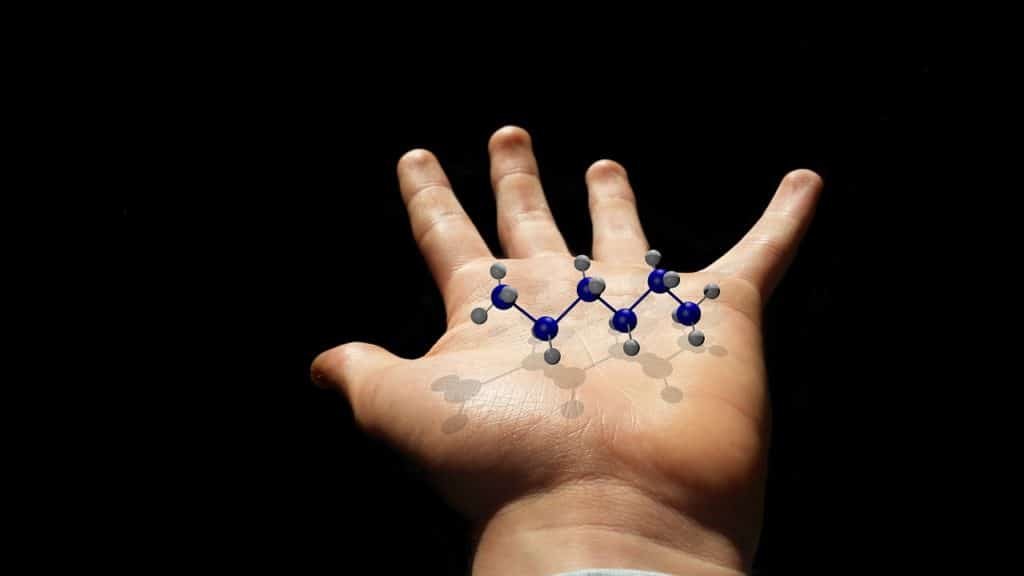Expressing Concentration of Solution
Expressing Concentration of Solution
The amount of solute dissolved in a unit volume of solvent is called its concentration. If a solution contains a very small amount of solute dissolved in a solvent, it is called a dilute solution. The solution is called a concentrated solution if an appreciable amount of solute is dissolved in a solvent.
If a solution contains at a given temperature as much solute as can be dissolved, the solution is said to be Saturated.
If the amount of solute dissolved, is less than this amount, solution is called Unsaturated Solution.
If the amount of solute dissolved is more than the saturation value, the solution is said to be Supersaturated.
The amount of solute in grams that can be dissolved in 100 grams of a solvent to form a saturated solution at a definite temperature is called the Solubility.

Mass or Weight Percentage
The mass percentage of a component is defined as the mass of the component per 100gram of the solution. If a solution contains two components A and B, then
Mass percentage of A = {mass of A/ (mass of A + mass of B)}*100
Weight / Volume percentage
It is the amount of solute in grams present in 1000mL of the solution. Thus, we may write
Weight/Volume % = {Weight of Solute (g) / Volume of Solution (mL)}*100
In case of a liquid dissolved inn another liquid, the concentration is usually expressed in volume percentage.
Volume Percentage of a component in solution may be defined as the volume of component per 100 parts by volume of the solution.
Vol. % of A = {Vol. of A / (Vol. of A + Vol. of B)}*100
Parts per Million (ppm)
It is defined as the number of parts of a component per million parts of the solution.
Ppm of Component = (Mass of component/Total mass of solution)*106
Strength
It is the number of grams of the solute dissolved per litre of the solution.
Strength = {Weight of Solute(g) / Vol. of Solution(L)}
Normality(N)
It is the number of gram equivalents of solute dissolved per litre of a solution.
N = Number of gram equivalents of solute / Vol. of solution in litres
N = Number of milliequivalents* / Volume of Solution in mL
N = Strength of solute in (g/L) / Gram equivalent** of Solute
N = Wt. of solute in gm / (equivalent wt. of solute * Vol. of solution in L)
*1 meq = 10-3 equivalent
** Equivalent mass of an element is the mass of the element which combines with or displaces 1.00g parts by mass of hydrogen or 8 parts by mass of oxygen or 35.5 parts by mass of chlorine.
Equivalent mass of an element = Atomic mass of the element / Valency
Eq. mass of an Acid = Molecular mass of an acid / Basicity of the acid
Eq. mass of Base = Mol. Mass of base / Acidity of the base
Eq. mass of salt = Mol. Mass of the salt / Total positive valency of metal atoms
Normal Solution
A normal solution of a substance is that solution which contains one gram equivalent weight of it per litre of the solution.
N/2 = Semi normal
N/5 = Pent normal
N/100 = Cent normal
5N = Penta Normal
10N = Deca normal
Molarity(M)
It is the number of moles of solute dissolved per litre of the solution.
M = Number of moles of solute / Vol. in L
M = Number of millimoles of solute / Vol. in mL
M = Strength of solute in (g/lit) / Molecular wt. of solute
M = Weight of solute in gm / (Molecular wt. of solute*Vol. of Solution in L
M = N* Eq. wt. / Mol. Wt.
Molality(m)
It is the number of moles of solute dissolved in 1000gm of the solvent.
m = number of moles of solute *1000 / wt. of solvent in gm
m = number of millimoles of solute / wt. of solvent in gm
You May Also Like-
What are imperfection or defects of Solids?
What Do you know about Solid State?
What do you know about Solid Waste??
Processing of solid waste and On-site Handling by engineering System
What do you know about Hazardous Waste??
Landfill Disposal of Solid Waste
Right Understanding
Right Understanding We all know that the Human Desire is to be in continuous happiness which is the need of I (self). But do you know, from where Continuous happiness will come? No, right! So continuous happiness is to be in Right Understanding, Right Feeling, and Right Thought that is Activity of I (Self). Do…
Where We Are
Where We Are (Self-Evolution) We exist as human being. We want to live a fulfilling life. We have some desires and we have some programs for the fulfilment of it. We need to understand our basic aspiration and program for its fulfillment correctly and comprehensively. Only then, we can ensure fulfillment. We should explore ourselves…
Highway Construction
Highway Construction Embankment Construction Materials and General Requirements The materials used in embankments, subgrades, earthen, shoulders, and miscellaneous backfills shall be soil, moorum, gravel, a mixture of these. Clay having liquid limit exceeding 70 and plasticity index exceeding 45; shall be considered unsuitable for embankment. Sub-grade and top 500mm portion of the embankment just below…
Special Concretes
Special Concretes Concrete is most vital material in modern construction. In addition to normal concrete, other varieties in use are, high strength and high-performance concrete, self-compacting, lightweight, high density, fiber reinforced, polymer, colored concrete, etc. The making of concrete is an art as well as a science. Special types of concrete are those with out-of-the-ordinary…
Marketing Practices
Marketing Practices Success in the world of business, no matter how you earn it, you have to rule on the marketplace. Although luck plays a role in the outcome of the market strategies. In the business decisions, there should be the understanding of market otherwise the failure will take place by the marked decisions. While…
Risk Analysis
Risk Analysis The risk that remains after the implementation of controls is called the residual risk. All systems will have residual risk because it is virtually impossible to completely eliminate risk to an IT system. In other words, we can say that there are two main parts of the security risk analysis known as Quantitative…









Recent Comments